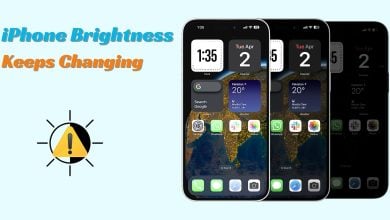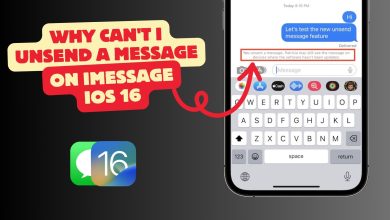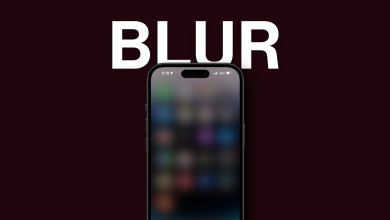How to Cancel or Delete Alarms on an Android or iPhone?
Timekeeping has been one of the most constant innovations of mankind. Now, with the emergence of smartphones like Android and iPhone, the platform’s native clock utilities have acquired quite enhanced clock capabilities to manage different types of alarms. There may come times when a user may want to cancel or delete an alarm on an Android or iPhone. Also, there may be a need to cancel or delete multiple alarms or all alarms at once.

Manage Alarms on An Android Phone
There can be the following 3 main scenarios in which a user may want to cancel or delete an alarm on an Android phone:
Cancel or Dismiss an Alarm on an Android Phone
The process to cancel or dismiss an alarm on an Android phone can be divided into the following 3 cases:
Before the Alarm Time
If the alarm time has not reached, then
- Launch the Clock app and locate the alarm.
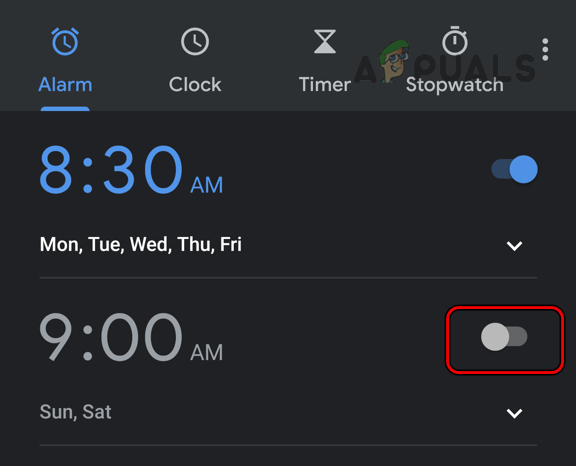
Cancel an Alarm in the Android Clock - Now toggle its switch to the off position and you are done.
If the alarm time is near, then you may also see a notification in the notifications tray that may state Upcoming Alarm. If that is the case, then you may tap on Dismiss now to get rid of that alarm. But do not forget to enable back the alarm the next day (if required).

After the Alarm Has Started Ringing
Once the alarm has started ringing, then:
Tap on Stop or Dismiss to stop the alarm. Some users may see a Slide to Turn Off Alarm prompt and if that is the case, slide the prompt to stop the alarm.
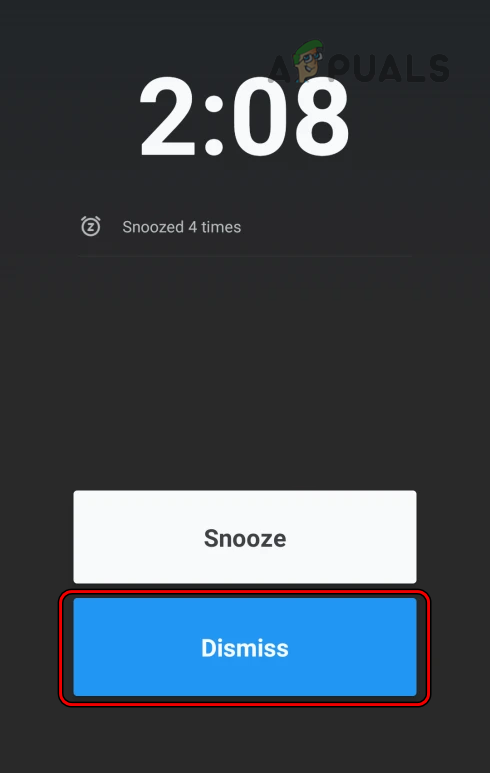
After Snoozing the Alarm
Usually, at least one of the alarms is set to wake a user from sleep and the user, being a bit sleepy, may accidentally hit the snooze button (not the stop button) and that may configure the alarm to ring later (5 minutes, 10 minutes, etc.). If that is the case and the user wants to cancel or dismiss the snoozed alarm, then:
- Swipe up or down on the phone’s screen to open the phone’s notifications.
- Now you may find a notification stating Alarm (Snoozed). If so, then you tap on it or on the Dismiss notification to cancel the alarm.
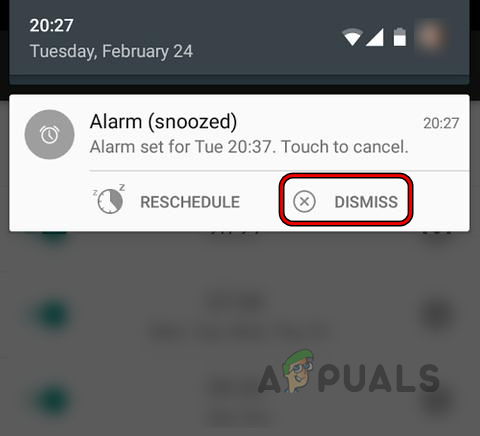
Dismiss Snoozed Alarm on an Android Phone - If no notification is shown in the Notifications tray, then open the Clock app.
- Now locate and toggle that alarm off to cancel or dismiss it (as discussed earlier). You may have to enable it for the next day (if required).
Delete An Alarm on An Android Phone
If a particular alarm is no more required by a user, then to delete it, he may follow the following steps:
- Open the Clock app and long-press the alarm.
- Now, in the resulting menu, locate that particular alarm and tap on the Minus sign or Delete button to remove that alarm.
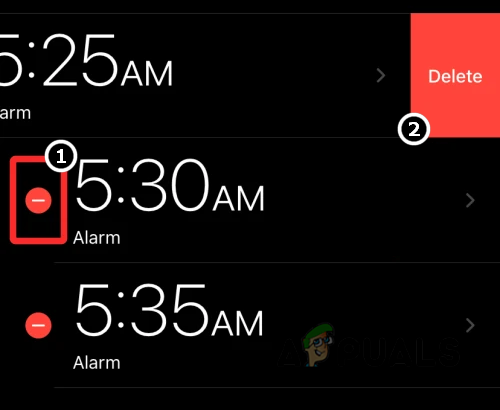
Delete an Alarm on an iPhone
Delete All Alarms at Once on an Android Phone
A user may use the above method to delete all the alarms from Clock but for a user with 50 or 100 plus alarms, the task may become arduous. In such a case, the following steps can be helpful:
- Check if the delete alarm screen shows an option of Select All. If so, then select all and tap on delete to remove all the alarms at once.
- If not, launch the Android phone Settings and open Apps.
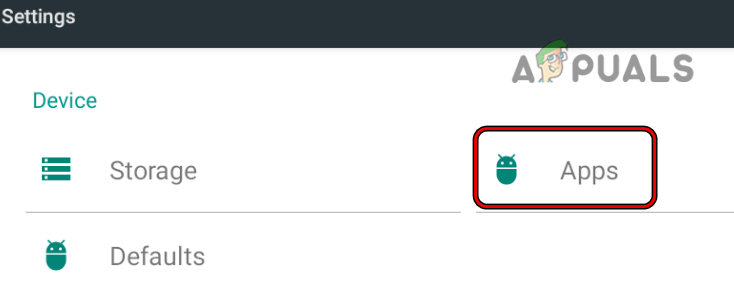
Open Apps in the Android Phone Settings - Now select Clock and open Storage.
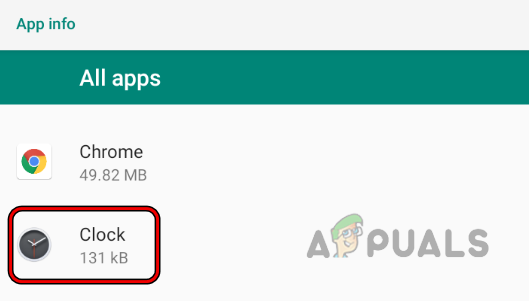
Open Apps in the Android Phone Settings - Then press the Clear Cache button and afterward, tap on the Clear Storage or Clear Data button.
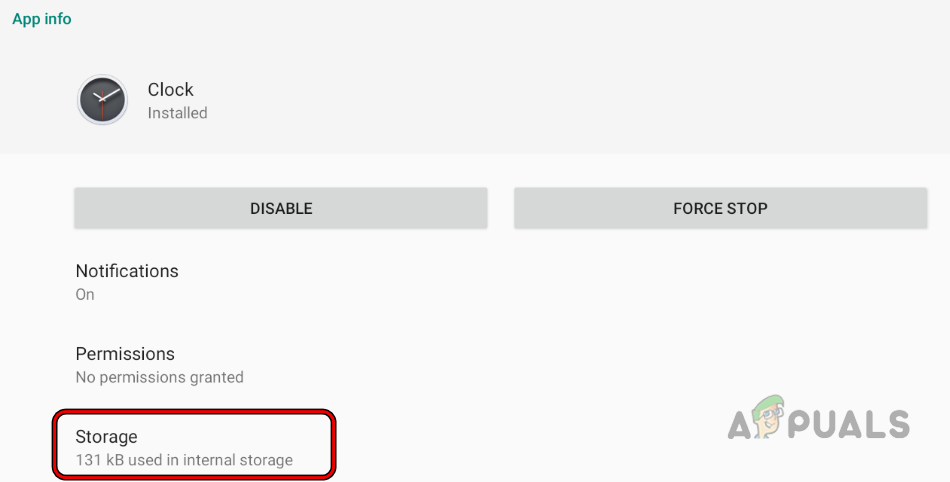
Open Storage Settings of the Android Clock App - Now confirm to clear the Clock’s data and that will delete all the alarms at once from an Android phone.
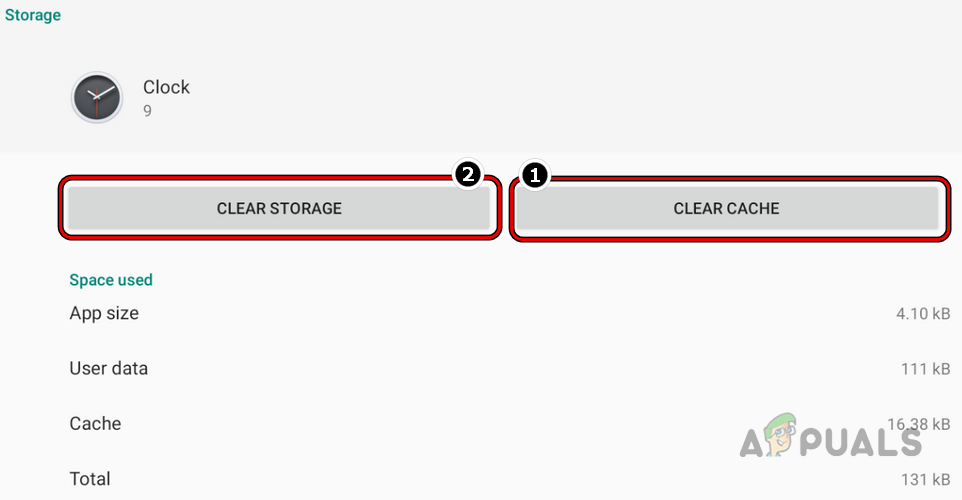
Clear Cache and Data of the Android Clock App
Manage Alarms on an iPhone
The above-mentioned 3 scenarios can also be true in the case of an iPhone.
Cancel or Dismiss an Alarm on an iPhone
A user may face the following three scenarios when he wants to dismiss or cancel an alarm:
Before the Alarm Time
Follow the below steps to cancel an alarm on an iPhone before the alarm time:
- Launch Clock on your iPhone and head to the Alarm tab.
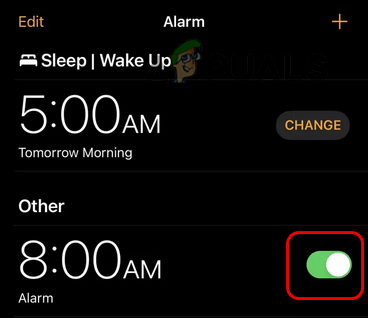
Disable an Alarm on an iPhone - Now toggle the green switch to the off position and that will do the trick.
After the Alarm has Started Ringing
Once the alarm is ringing, then:
Swipe up (or left) on the screen/passcode and that may dismiss or cancel the alarm. You can also tap on Stop to stop the alarm. You may also press the power button of the iPhone to cancel the alarm.
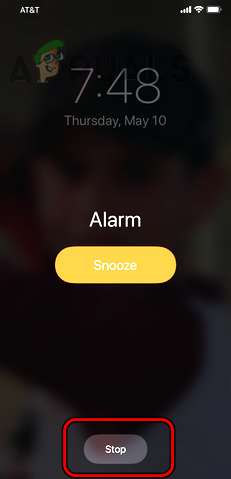
After Snoozing the Alarm
To cancel or dismiss once an alarm is snoozed:
- Unlock iPhone and locate the snoozed alarm in notifications.
- Now tap on it and that may take care of the alarm.
Delete an Alarm on an iPhone
Once an alarm is no more required, a user may want to remove it. To do so:
- Launch Clock on the iPhone and head to the Alarm tab.
- Now locate the alarm to be deleted and swipe left on it.
- Then select Edit and tap on the Delete button.
- Afterward, confirm to delete the alarm.
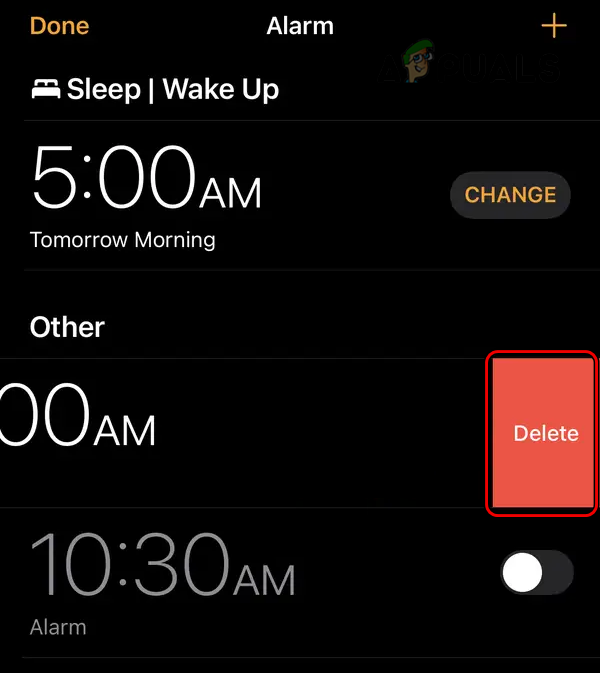
Delete All Alarms at once on an iPhone
Although the above steps can be used to delete all the alarms on an iPhone, in case there are 50 or more alarms, then that may take some time and effort. But there is a shortcut:
- Launch Siri by saying Hey Siri or holding down the Home button of the iPhone.
- Now say the following to Siri:
Delete all my Alarms
- Then confirm to delete the alarms on the iPhone.
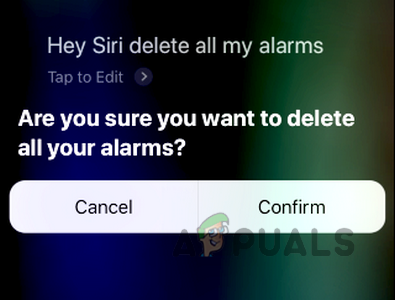
Confirm to Delete all of the Alarms on iPhone
If an alarm keeps popping back, then check any assistant app (like Google Assistant), health app (like Google Fit), calendar app (like Google Calendar), or any other such app that may be triggering the alarm.
If you are still not comfortable with the alarm management or clocks apps of these phones i.e., Android and iPhone, then you may try a 3rd party clock app. There are plenty of wonderful Clock apps (paid and free) available for each platform.

